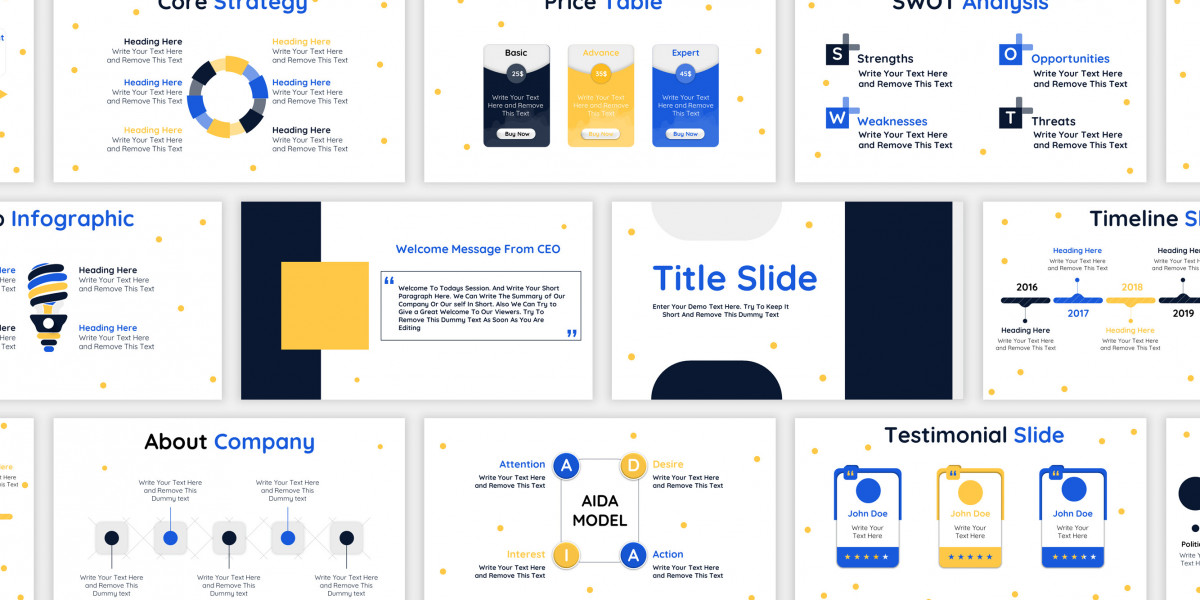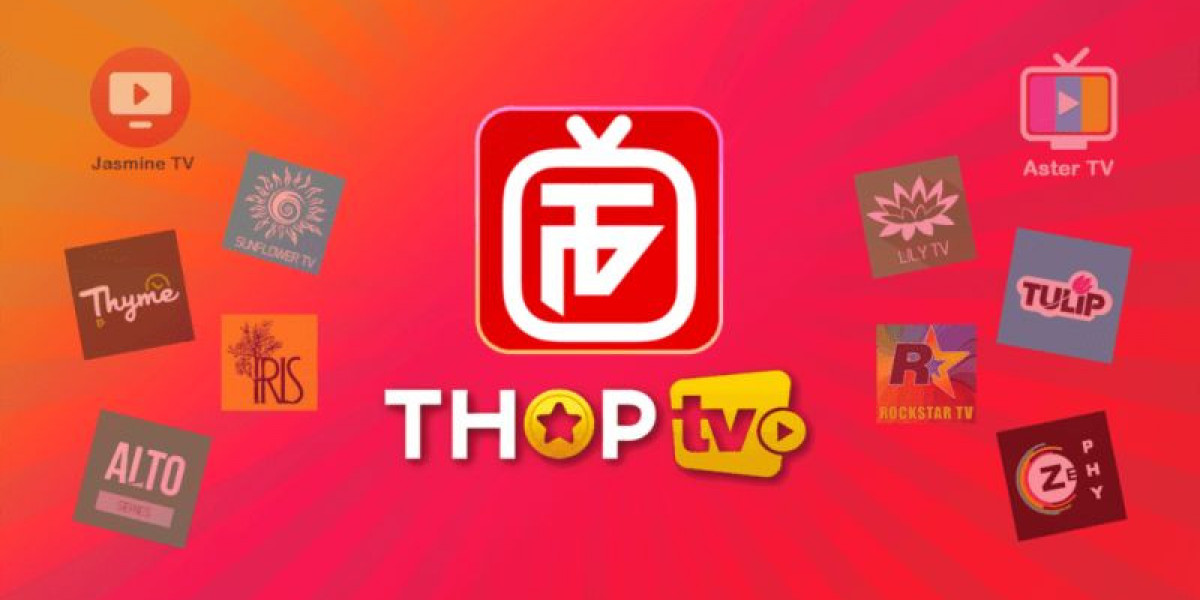A compelling pitch deck can make the difference between getting a second meeting and receiving a polite “no, thanks.” In today’s fast-paced and competitive investment environment, startups must be prepared to make a powerful first impression — often in under 10 minutes. This is where well-designed templates for investor pitch decks become invaluable. They not only streamline the process but also help deliver a clear, cohesive, and visually impactful message.
In this article, we’ll explore the importance of using effective pitch deck templates, the essential components of an investor pitch deck, and how design elements, structure, and storytelling can turn a simple presentation into a persuasive investment tool. We'll also look at how PowerPoint templates can play a pivotal role in making your pitch deck look polished and professional.
Why Templates Matter in Investor Pitch Decks
Templates are more than just design shortcuts. When used correctly, they function as frameworks that ensure consistency, clarity, and professionalism. For busy startup founders juggling dozens of priorities, templates offer a solid starting point, saving hours of design time and allowing them to focus on refining content and messaging.
A good template:
Aligns with your brand identity
Uses consistent fonts, colors, and layouts
Is structured logically to guide the investor through your story
Helps avoid clutter and design inconsistencies that distract from your message
First impressions are crucial, and investors often receive hundreds of decks a month. A professionally designed deck template helps your pitch stand out and communicates that you're serious, detail-oriented, and prepared.
Core Components of a Successful Investor Pitch Deck
While the number of slides may vary depending on your business model and stage of growth, most successful pitch decks include these key elements:
1. Title Slide
Your company name, logo, tagline, and contact information. This slide sets the tone and should look sharp, clean, and on-brand.
2. Problem Statement
What significant issue or gap does your product or service solve? This slide should establish the pain point clearly and concisely. Use data and relatable scenarios to make the problem real and urgent.
3. Solution
Introduce your product or service and explain how it addresses the problem. Visuals, screenshots, or diagrams can make this more impactful. This slide is your opportunity to demonstrate value and innovation.
4. Market Opportunity
Present the market size and potential. Include Total Addressable Market (TAM), Serviceable Available Market (SAM), and Serviceable Obtainable Market (SOM). Investors want to see a sizable and growing opportunity.
5. Business Model
Explain how your company makes money. This includes pricing, sales strategy, customer segments, and any recurring revenue streams.
6. Traction
Highlight key milestones and metrics: user growth, revenue, partnerships, customer acquisition cost (CAC), and lifetime value (LTV). Traction builds credibility and shows momentum.
7. Go-to-Market Strategy
Describe how you plan to reach your customers and grow. This could include marketing channels, sales tactics, partnerships, and customer onboarding strategies.
8. Competitive Landscape
Show who your competitors are and how you differentiate. A simple comparison table or quadrant chart can be very effective here.
9. Team
Highlight the founders and key team members. Focus on relevant experience, skills, and past successes. Investors often invest in people as much as in ideas.
10. Financial Projections
Provide projections for at least 3–5 years. Include expected revenue, expenses, and profits. Make sure your assumptions are reasonable and grounded in reality.
11. Ask
What are you raising, and how will the funds be used? Include a breakdown of how the capital will be allocated (e.g., product development, marketing, hiring).
12. Closing Slide
A final summary, thank-you message, and contact information. Keep it simple but strong.
How to Choose the Right Pitch Deck Template
Choosing the right pitch deck template is essential. Here are some factors to consider:
1. Simplicity and Clarity
Avoid overly complex layouts. Clean lines, whitespace, and legible fonts help investors focus on your message.
2. Visual Hierarchy
Important elements should stand out. Use font sizes, colors, and positioning to guide the viewer’s eye through each slide.
3. Branding Flexibility
Your deck should reflect your brand. The template should be easy to customize with your company colors, logos, and fonts.
4. Visual Aids and Icons
Look for templates that include charts, diagrams, and icons. These elements help explain complex ideas quickly.
5. Compatibility
Make sure your chosen template is compatible with popular presentation tools like PowerPoint, Google Slides, and Keynote. PowerPoint templates are particularly versatile and widely used in the investment world.
Using PowerPoint Templates for Investor Pitch Decks
PowerPoint remains a go-to platform for pitch deck creation. Its ease of use, broad compatibility, and vast template libraries make it ideal for startups. Many professional designers now offer premium PowerPoint templates tailored specifically for investor presentations.
The advantages of using PowerPoint templates include:
Pre-built slide structures for all the core pitch elements
Consistent visual design, making your deck look cohesive and polished
Customizable elements, including charts, timelines, and maps
Easy-to-share formats, including .pptx and PDF for email or in-person pitches
By starting with a high-quality PowerPoint template, founders can focus on storytelling, metrics, and differentiation rather than wrestling with formatting and layout.
Storytelling: The Secret Sauce
No matter how beautiful the template is, your story is what wins investors over. Every slide should contribute to a compelling narrative that answers three critical investor questions:
Is this a real problem with a large market?
Is this team capable of solving it and building a sustainable business?
Is now the right time to invest?
A strong pitch weaves logic with emotion. Use customer quotes, real-world scenarios, and concise anecdotes to bring your presentation to life. Keep jargon to a minimum and focus on clarity.
Mistakes to Avoid When Using Templates
Templates can be powerful, but they aren’t foolproof. Here are some common mistakes to avoid:
1. Overloading Slides with Text
Your slides should support your spoken presentation, not replace it. Aim for brevity — one key idea per slide.
2. Inconsistent Visuals
Even when using a template, some users introduce inconsistent fonts, colors, or image styles. This breaks visual cohesion and distracts from your message.
3. Misaligned Messaging
Ensure that your content fits the structure. Don’t force your story into a template that doesn’t support your flow.
4. Neglecting Rehearsal
Even a great deck can fall flat without confident delivery. Practice your pitch repeatedly until it feels smooth and natural.
Examples of High-Impact Template Styles
Some common and effective template styles for investor decks include:
Minimalist Design
Clean white backgrounds
Sparse text and bold headlines
Great for tech, SaaS, and healthcare startups
Visual-First Design
Emphasis on icons, charts, and photography
Works well for consumer goods, apps, or lifestyle brands
Corporate Style
Structured, traditional layouts
Appeals to B2B investors and enterprise-focused startups
Creative Style
Bold colors, unique layouts
Good fit for media, entertainment, or creative-tech ventures
Each of these styles can be found in various PowerPoint templates available online — both free and paid. The key is to choose one that aligns with your brand identity and helps you communicate with clarity and confidence.
Conclusion
Investor pitch decks are not just information vehicles — they’re persuasive tools designed to capture attention, build trust, and spark action. A well-crafted template provides the foundation you need to create a strong, coherent narrative that resonates with potential investors.
While every startup story is different, the framework for telling that story doesn’t have to be reinvented each time. By leveraging professional PowerPoint templates, you save time, maintain design consistency, and elevate the professionalism of your pitch.
But remember, a template is only as good as the story it supports. Combine smart design with sharp messaging, and your next investor meeting could be the one that changes everything.









